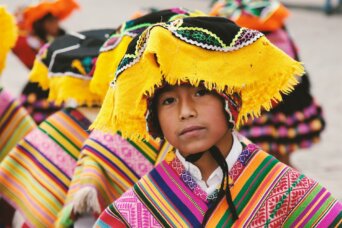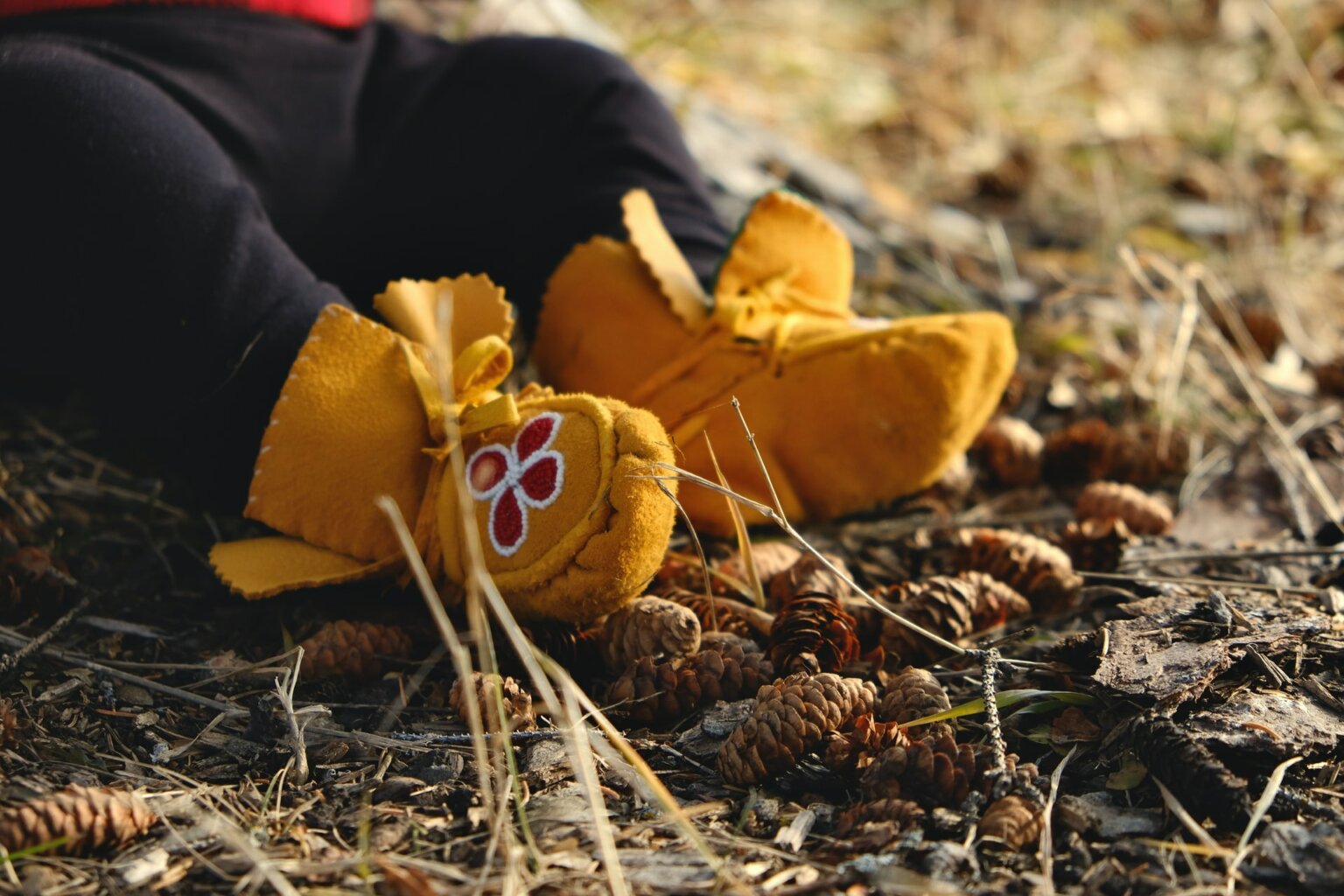- About
- Topics
- Story
- In-Depth
- Picks
- Opinion
- News
- Donate
- Signup for our newsletterOur Editors' Best Picks.Send
Read, Debate: Engage.
| topic: | Indigenous people |
|---|---|
| located: | Brazil, Mexico |
| editor: | Ellen Nemitz |
As disproportionate victims of climate change and the extreme events it engenders (including droughts, above-average rainfall and heatwaves that affect crop feasibility, forest growth and water availability) the indigenous peoples of Latin America have been increasingly recognised by the scientific community as important actors for both fighting the climate emergency and building resilience techniques to its irreversible effects.
The acknowledgement of traditional communities as vital for the creation of an efficient strategy to tackle one of the biggest issues of our times was apprehended by one of the main institutions reporting about the topic: the Intergovernmental Panel on Climate Change (IPCC). For a press release on the occasion of the 2022 version of the report's publishing, the scientist Debra Roberts mentioned that it is necessary to bring "together scientific and technological know-how as well as Indigenous and local knowledge" in order to create more effective solutions.
A similar conclusion is brought up by the report "The Traditional Knowledge Advantage: Indigenous peoples’ knowledge in climate change adaptation and mitigation strategies," by the International Fund for Agricultural Development, a document which recognises the contributions of indigenous groups to the "processes of observation, adaptation and mitigation of climate change consequences." Likewise, the latest UN Climate Change Conference COP26, held in Glasgow in November 2021, and the United Nations Water Conference, in June 2022, dedicated significant space to indigenous peoples' representatives to talk and share their experiences.
Moreover, the long-term project "Local Communities and Indigenous Peoples Platform," a United Nations' initiative launched in 2015, has been gathering peoples from all over the globe to help think of best practices for areas such as climate policies. The year of 2022 inaugurates its second pluriannual work plan, understanding that "the exchanges of experience and approaches to managing all ecosystems are key to enhancing national climate policy and helping achieve the objectives of the Convention and the Paris Agreement."
Indigenous lands are, in general, the most preserved places on Earth; although composing just a small part of the global surface, in their territories 80 percent of the global biodiversity remains protected. Moreover, communities across the world fight - often at the cost of their own lives - to prevent destruction by explorers like miners and loggers - one emblematic case happened in Ecuador in 2012, where the Sarayaku territory was invaded by an oil company and later the Kichwa people achieved protection from the Inter-American Court of Human Rights.
Beyond the preservation of forests and biodiversity, which is a way of reducing the rise of global temperatures both by keeping trees standing and fossil fuels in the ground, indigenous peoples can also teach how to increase food resilience. The Pachagrama system, for example, is an ancient knowledge to predict the weather, and thus helps make more auspicious decisions for agriculture. Growing food under agroforestry methods, avoiding monoculture and fishing only the sustainable amounts not to harm the ecosystems are also practices largely adopted by these communities that can work to reduce the human impact on global warming. Another successful example of indigenous contribution to climate solutions recently featured by Climate Tracker is the solar power transition led by the Cuetzalan community in Mexico, proving that ancient knowledge and modern technologies can walk together.
These and many other examples throughout Latin America prove that indigenous peoples are key to tackling the climate crisis. In this context, their communal way of living relies on a strong female basis, as highlighted by the United Nation campaign for this International Day of the World's Indigenous Peoples, a calling to think about the role of women in the transmission of traditional knowledge. Indeed, daily, indigenous women take a vital place in the advocacy for indigenous people's rights, fighting to raise their voices.
However, most of the contributions of these wise communities remain unknown by the general public. Besides the constant threats to their territories, lives and health, their fight often remains unseen. The head of the Coordinating Body of Indigenous Organisations of the Amazon Basin, José Gregorio Díaz Mirabal, underlines that indigenous peoples’ "rights remain invisible, as do the viable solutions that are rooted in our own management models, validated by science."
Photo by Ben Ostrower

